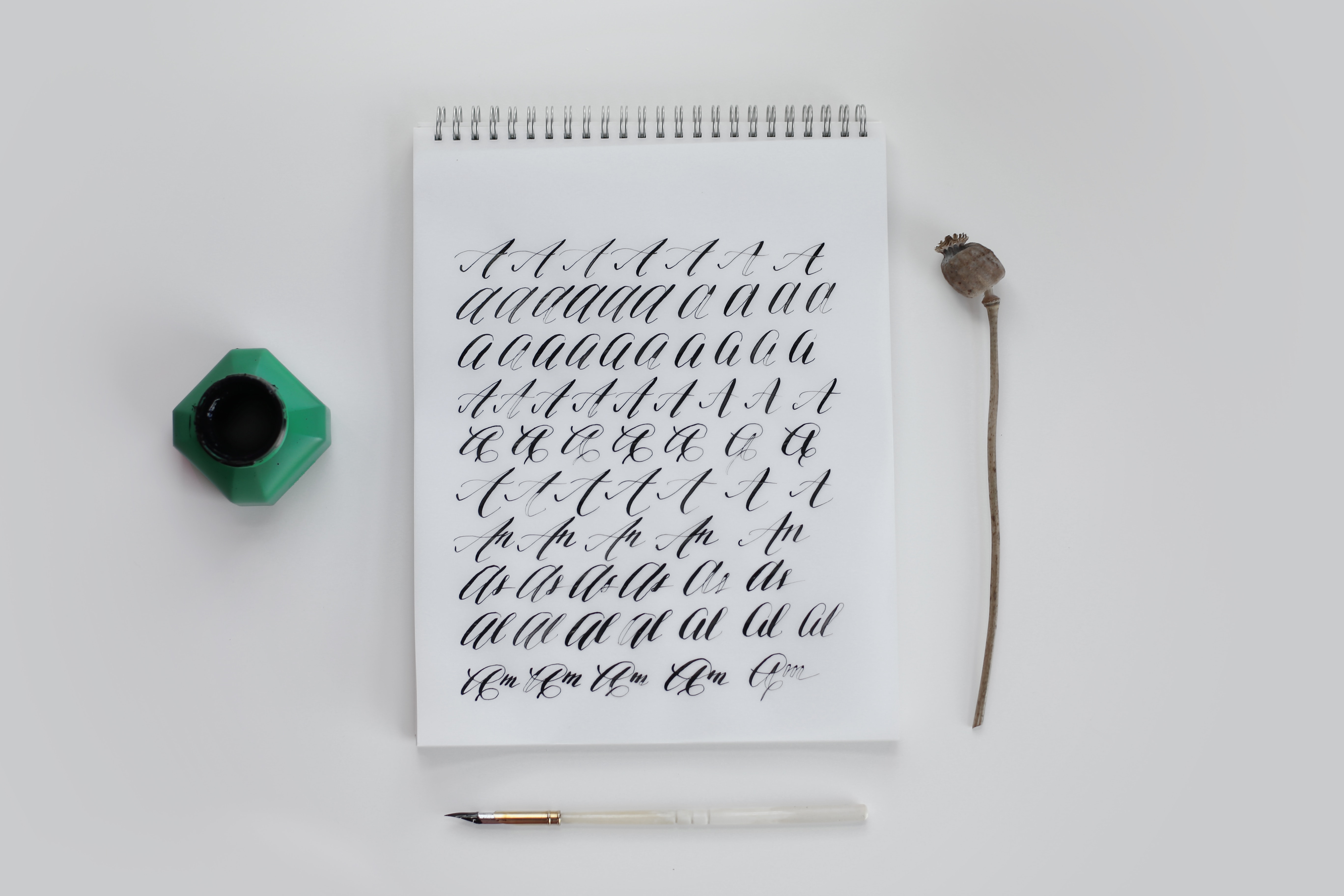Amid the stress of juggling school, extracurriculars and relationships, a perhaps surprising — but scientifically endorsed — outlet is calligraphy, an art that can stimulate the brain and improve cognitive function.
Calligraphy is the visual art of handwriting with either a pen, ink brush or other utensil and requires focus on not just what you’re writing, but how you are writing. “It connects your mind with your body, with the actual moment,” artist and calligrapher Ann Miller ’64 said. “If you press too hard, you go through the paper. If you load the pen too much, it flows over, unless you take certain steps. So there’s all these things about how to handle reality and your own body at the same time.”
Students that struggle with anxiety can use calligraphy as a way to escape, and to focus on something that requires living in the moment. “Writing characters using brush and ink in a quiet space while smelling ink and feeling the texture of special paper will give [students] time and space to slow down, be away from busy life and just focus on their mind,” Japanese language professor Momoe Saito Fu said. “I believe, in this sense, calligraphy could have a self-discipline effect as well as improving mental health.”
“You kind of forget all those kinds of competition,” Chinese calligraphy professor Huazhi Wang said. “You forget that kind of missing out… and you start to concentrate on something peaceful, artistic and beautiful.”
Fu has observed the positive impact calligraphy can hold on students’ lives firsthand. “I have noticed that most students attended all the classes, and they mentioned that they were looking forward to coming to this class every week,” Fu said. “Students seem to simply enjoy calligraphy because it is not a mandatory class. They take it out of their curiosity and for true pleasure.”
This pleasure can transcend beyond the classroom, providing a space for calligraphers to express their thoughts and feelings on paper. “I’ve always liked to talk and explain things, and not everyone likes to have a talker around. I like to get my thoughts on the page, and just putting the good thoughts together, whatever they are, is satisfying. It’s personally satisfying to get your written voice going and find places to put it,” said Miller.
Wang echoed Miller — “When you practice calligraphy, it’s sort of like meditation,” she said. “We all know the benefit of meditation to our physical and mental health, right? So I think the direct benefit for mental health is that it’s a form of meditation. And also, in a way, it’s a diversion from your everyday very intense work and studying tasks.”
